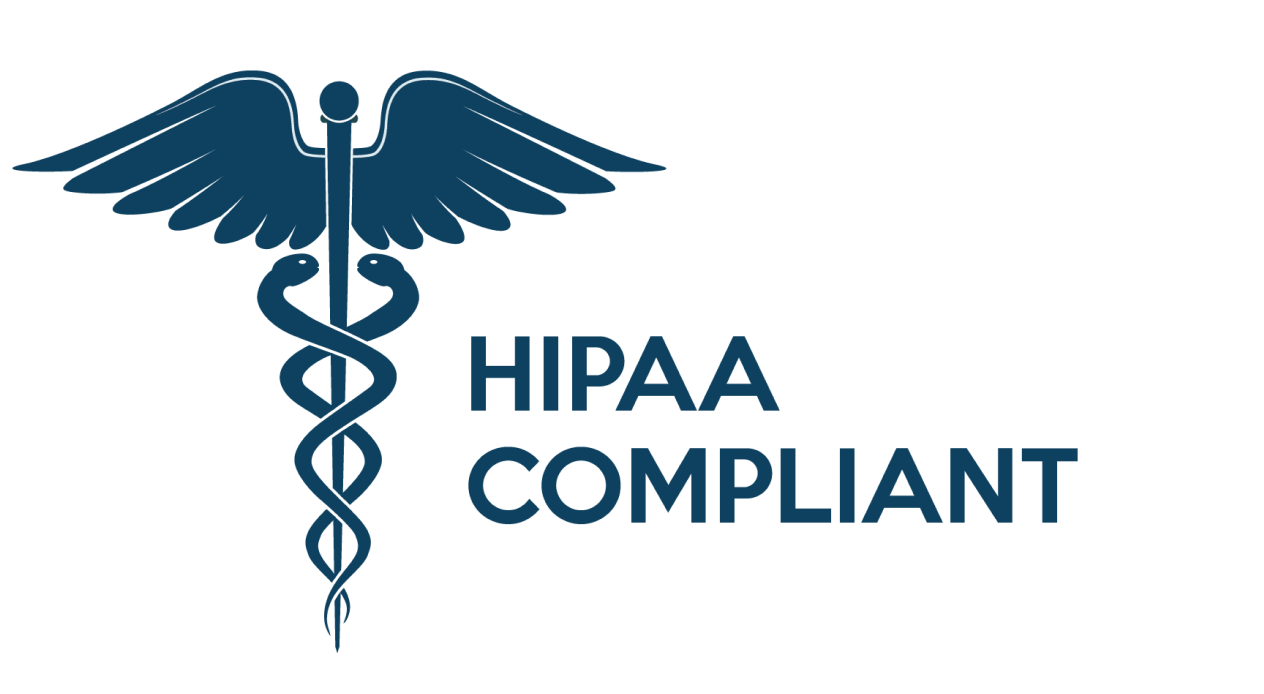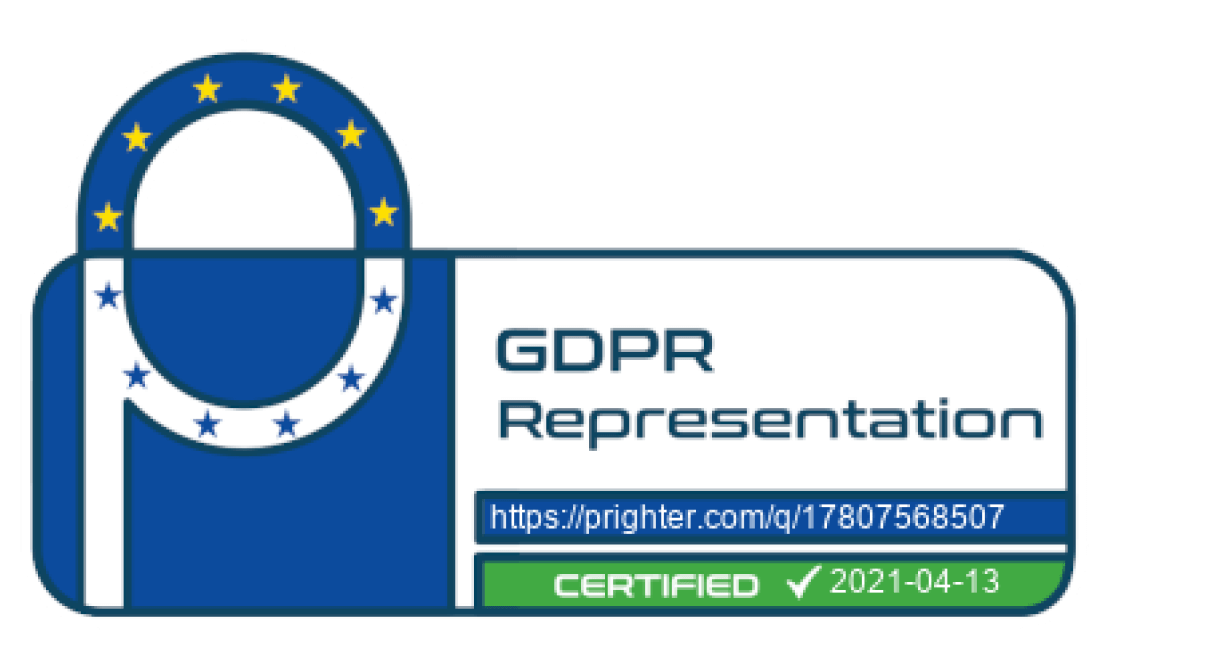How Health Data Will Enable The Insurance Industry’s Big Shift
There is a growing consensus among experts that the insurance industry is on the verge of a fundamental shift. In an industry still partially reliant on outdated data sets, costly medical exams and lengthy questionnaires, the increased capacity for automation and growing demands for personalized services are catalyzing a transition that will impact nearly every aspect including, distribution, underwriting, claims, and customer experience. The transition will consist of two primary factors: digitalization and a greater emphasis on personalized products and services focused on preventive care and health management.
To watch our webinar related to this blog post, please click here.
Clients Demand: Fast, Personalized Health Management Services
At the basis of the shift will be a need for companies to invest in their digital infrastructure and capabilities in order to meet client needs for fast, digitized services. Over the past year, there has been a surge in the use of digital technologies by consumers and businesses due to the inability to leave home or meet in person. A recent McKinsey survey of European consumers found that “54 percent of customers now prefer direct or digital channels, up from 38 percent before the [COVID-19] crisis.”
The most substantial factor of the shift, however, will be the increasing role of insurance companies in the health management of clients. According to a survey conducted by Accenture, “58 percent of Europeans expressed an interest in life insurance where future premiums are tied to a healthy lifestyle” in comparison to 40% just two years ago. As the need to achieve and maintain health and wellness continues to rise, particularly in the aftermath of COVID-19, clients are expressing more interest in industries that don’t just deal with health issues but help manage and prevent them as well.
Moreover, by the year 2030, “noncommunicable diseases—those more closely linked to lifestyle and behavior, such as diabetes, heart disease, and lung cancer—will account for 71 percent of all annual deaths globally and represent an increasing proportion of mortality risk” while mortality rates are expected to continue to decline. Evolving health trends coupled with escalating demands for personalized services call for the insurance industry to fundamentally rethink its position vis-a-vis clients, transitioning from a “provider of mortality risk protection to an orchestrator of healthier living; from a savings product manufacturer to a partner in financial wellness.” To do so, insurers will need to make effective use of the vast amount of available client health data to creatively reconstruct their products and services.
Leveraging the Proliferation of Health Data
The proliferation of health data will play a prominent role in helping insurers tailor products to customer needs. “Today, six in ten consumers globally are comfortable giving their insurer personal details about their lifestyle, location, and other information in exchange for benefits such as premium discounts or accelerated claims processing.” Armed with diverse sets of data on client health and behavior, insurers are now equipped to make predictions about clients with unprecedented accuracy and speed. Using these tools, insurers can deliver products and services that provide value for both clients and insurers at accelerated rates.
Dynamically priced premiums, which update in response to user health and behavior, can be integrated into wellness programs. Insurers can empower customers to influence premium prices by incentivizing healthy lifestyles and rewarding healthy behaviors with premium reductions. Having pledged to get 100 million people 20% more active by 2025, Vitality is currently reaping the benefits of an effective wellness program and dynamic pricing, citing a “35 percent reduction in mortality among highly engaged members and a 15 percent lower policy-lapse rate.” While enabling insurers to meet client demands for services customized to suit individual needs, these products would allow insurers to learn more about clients, identify health issues ahead of time, and adjust premiums based on real-time risk and health status.
Other leading insurance companies like Generali and Momentum are already leveraging real-time health data to provide shared-value models that offer customers more control over pricing along with access to wellness programs. Using Binah.ai’s remote vital signs and stress monitoring technology, which enables clients to extract heart rate, heart rate variability, oxygen saturation, respiration rate and mental stress levels through smartphone, tablet or laptop cameras, Generali Deutschland launched a new wellness app, Generali VitalSigns&Care. Generali’s app allows clients to monitor wellness through vital parameters and get personalized insurance, prevention and assistance services and provides “recommendations and education to promote better nutrition, preventive healthcare and work-life balance.”
Similarly, embedding Binah.ai’s vital signs and mental stress monitoring into its own app, Momentum, developed its Digital Doctor program. The program provides clients with free access to doctors, right from clients’ smartphones, anytime, anywhere. Helping clients obtain a better understanding of their health, the app enables Momentum to detect potential sources of risk ahead of time, offer higher standards of care and support for clients while facilitating better customer relations.
Insurers could also leverage health data to accelerate underwriting and enhance straight-through processing. The recent pandemic has prompted life insurers to rely more on “detailed questionnaires and medical records instead of in-person physical exams.” Bolstering these questionnaires with remotely accessed vital signs data would enable insurers to have speedy access to the information they need to augment risk assessment engines and would also allow them to extend straight-through processing to more clients.
These are just some of the ways that insurers can use health data to upgrade services and meet clients’ changing needs. Easy access to client data has generated a myriad of opportunities for innovation in the insurance industry. To stay resilient in a rapidly evolving sphere, insurers will need to expedite services and increase touchpoints with customers, providing them the personalized health management products they need through user-friendly, digital channels.
Sources:
Gasc, Jean-François. “Incentivise Me: Europe’s Leading Health Insurers Get Personal.” Accenture.com, 25 May 2021, insuranceblog.accenture.com/incentivise-me-europes-leading-health-insurers-get-personal.
Gasc, Jean-François. “ COVID-19: Six Post-Pandemic Priorities Facing Insurers.” Accenture.com, 11 June 2020, insuranceblog.accenture.com/covid-19-six-post-pandemic-priorities-facing-insurers.
https://www.mckinsey.com/~/media/mckinsey/industries/financial

 close
close




